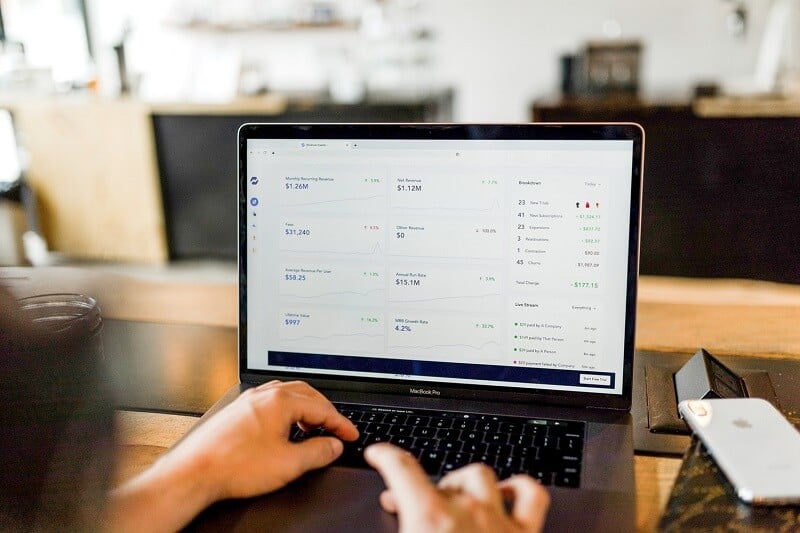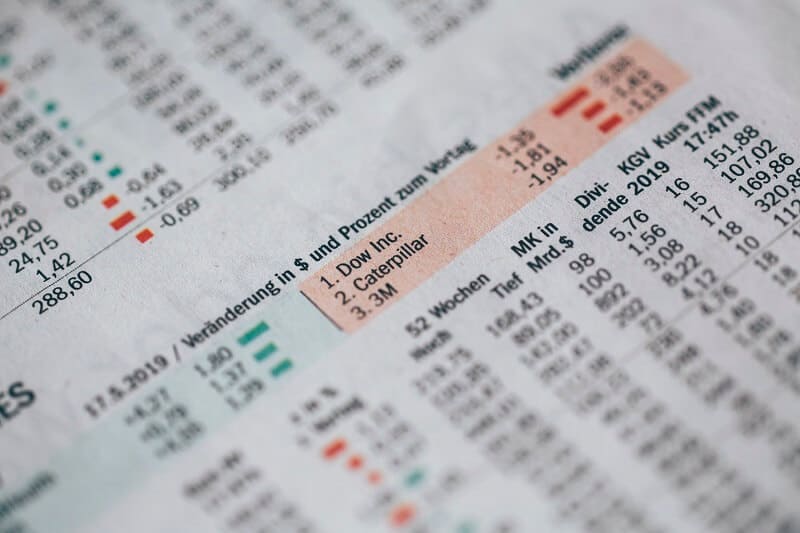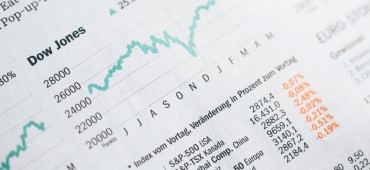
Stocks rose in the first five trading days in January. There is an old tale of the January Effect but is that true or myth?
Stocks reached new records in the first five days of this year. And when stocks play well in the first several sessions in some years like it is in this one, investors like to recall the “first five days” rule. The point is that this rule is, therefore, able to predict the market is often up at year-end. But is this true?
Stock Trader’s Almanac, which analyzes the market phenomenon since 1950, discovered that if the first five days have a good track record it is a good prediction for the whole year meaning it will be well in the stock market.
Actually, it is an old Wall Street “first five days in January” indicator and as we know the brokers are superstitious. They believe if the stock market during the first 5 days of the year reaches record, that represents the potential for the strong performance in the given year.
So, stocks are sending a bullish signal for this year, according to that old indicator. Well, it is a good way of pumping stocks. Bulls in the market do that.
Will the whole year be like this?
But is this a reasonable way to make predictions for the whole year? We think it is an absurd way to estimate valuations.
Yes, stocks reached new records but if you take a serious look at the indicator you will find some drawbacks. Frankly, stocks are overvalued more than ever.
The stocks reached new records
Yes, in the first five days in 2020 but few days will last forever and maybe it’s time to consult the historical data just to compare what could happen next.
According to Dow Jones, historical data shows that the S&P 500 index has completed the year in the same trend as it started it in 82% of presidential-election years. It occurred from 1950 to today every time. In the first 5 days of 2020, the S&P 500 rose 0.7% and if the mentioned historical pattern is correct that should suggest that this year will finish with higher gains.
But be serious. We will need a deeper look at this indicator and on what it shows. Otherwise, you can easily read your horoscope (pay attention to the “sex” section better than “finance”) it will make more sense.
The ‘first five days of January’ indicator
January in the stock market has a strong influence on predicting the trend of the stock market for the rest of the year. The January Effect occurs when investors’ selling off their losing positions at the end of the prior year to realize the tax losses. Usually, these stocks are at a discount during January. And what we have there? Bargain hunters! They step in with their buying pressure in the market.
Statistics show when the S&P 500 rise in the first five trading days, there is around 86% possibility that the stock market will rise in that year. But this indicator isn’t very reliable due to the fact that we cannot find what happens when the gains in the first 5 days in January are below expected or in comparison to previous January or whatever. All we have is data for periods when the January Effect is triggered. But markets exist even without the January Effect. Even more, the markets exist even beyond January.
With a little help of stats, we can see that this effect had good predictions in 31 out of the past 36 years. Stocks reached new records in the first five days of 5 exceptions, 4 were war years and one was a flat market.
So, this was a confirmation of the January Effect.
Statistical answer as confirmation of something different
Let’s use more current data and divide the past 34 years into two sections separated, from 1984 to 2000 and from 2001 to 2017.
Let’s observe the period from 2001 to 2017. Data shows that, for example, the December effect produced an average return of 2.62% or a return of 36.5% during the observed years. But if you take a look at January for the same period, you will find poorer results. The average returns in that month were at 2.48% or 34% pre the whole year.
This seems to be a strong approval for the January effect. Nevertheless, whoever tried to use the January effect, and bought an S&P 500 index fund on January 1 and sold it on January 31, and kept cash for the rest of the year and did it in the next years to the end of 2017 made losses of 0.84% per year.
Stocks reached new records but ignore the January effect.
The using the January effect can be dangerous. This phenomenon is based on limited data and adjustments for confirmation. So, you shouldn’t believe that every time when the stocks reached new records in the first five days of the year were great gains in the market.
The conclusion about the January Effect came from small samples. So, it has low statistical reliability if it has at all. You cannot make a conclusion based on limited data. Yes, some financial press reports will try to assure you how these “five days effect” is important and you will find a lot of catchy titles but it’s fishing and fake news also.
Even the month of January was great for the stocks, what about the other months? If it is the only one-month effect what are you going to do with your investment over the rest of 11 months? Would you make decisions based on superstitions? Cash-out? We don’t think it is a smart investment strategy.
Common sense tells us something different. This isn’t a hypothetical situation, this is reality. Try to figure out why this phenomenon isn’t part of any extremely advanced computer software? Some software, and even not so sophisticated, will be able to identify the phenomenon and profit on it.
The reason is obvious. There is no unusual market’s phenomenons, that’s nonsense. If there is any phenomenon that is simple to be explained to the inexperienced trader or investor you can be sure it isn’t real. It is superstition.
Bottom line
This was another old tale to neglect, just like many others. Who can really believe that the first 5 trading days in January could predict the stock market’s direction for the full year? Yes, this old “indicator” gets much attention every year. As we said, the bulls are trumpeting it right now.
But nothing is that easy, especially the stock market.
If you have a problem to accept all of this, examine what did happen over the last 40 years. You will find that this pattern was a reversal. The fact is, since the 1970s every time when the Dow was down during that mythical period of 5 days in January, the whole year had higher gains.
To be said, any investor who admits the extraordinary influence of this superstition has a lack of knowledge and self-confidence. On the other hand, newspapers and financial reports enjoy cheating people when insisting on this.
We would like to point one thing at the end. The words written above doesn’t mean the stock market will not rise this year. It can do it very well and produce great gains, but what does it have with “First Five Days of January”?
Nothing!













